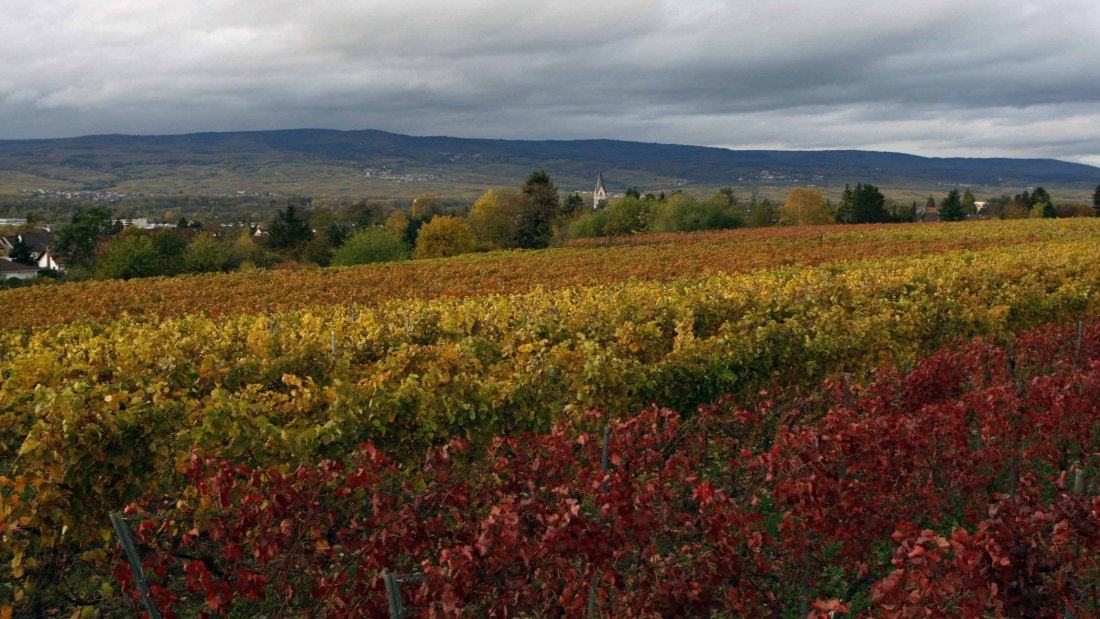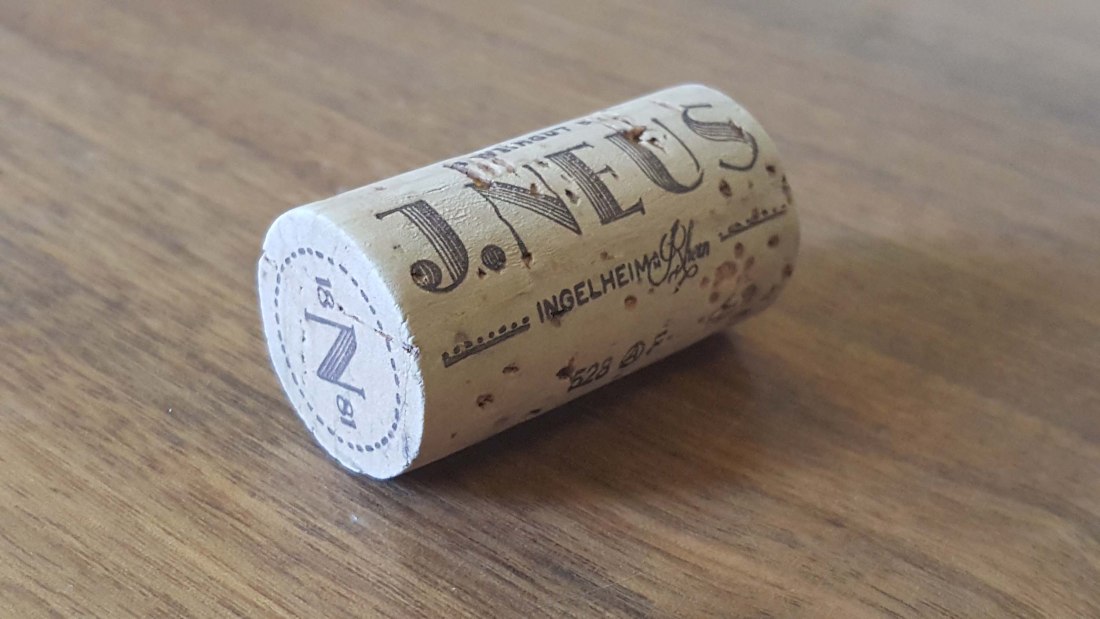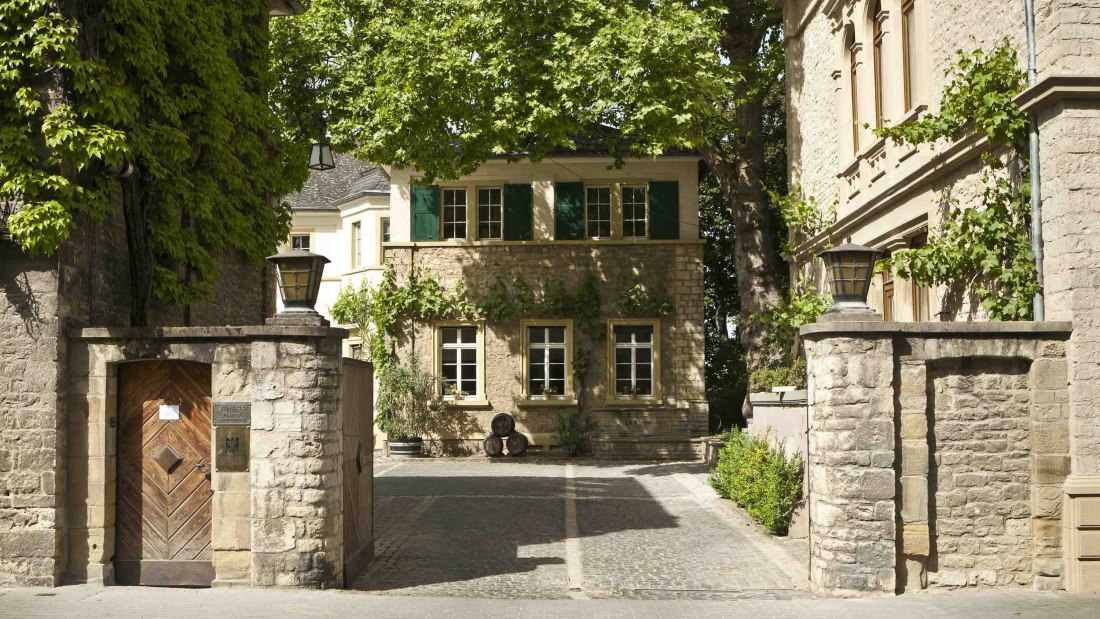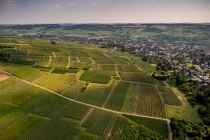J. Neus winery since 1881 GmbH & Co. KG
The winery J. Neus was founded in 1881 by Josef Neus Senior in the then world-famous red wine town of Ingelheim and has been managed by the entrepreneurial family Schmitz from Mainz since 2012.
As wine lists and price lists from the founding period impressively prove, the Neus family in the 19th century was a qualitative mastermind in the region. For example, the Neus clone developed at that time was also planted by other top wineries due to its excellent properties. Today, these old vines, well-kept wooden barrels and deep knowledge of the calcareous layers of the district are the solid basis to meet the self-imposed claim formulated by Christian Schmitz, to continue the tradition and to produce Spätburgunder at the highest level.
The winery J. Neus is located in the middle of Ingelheim, which carries the name "Rotweinstadt" (red wine city) for a reason. Ever since Charlemagne had his palace built here, mostly red varieties have been cultivated there and that has not changed until today. Ingelheim red wine is until today the synonym for a globally esteemed Pinot from Germany par excellence.
The red wines of the winery J. Neus are produced in the largest vaulted cellar of Rheinhessen, which was built right under the estate in the late 19th century. During the peak of German viticulture, Josef Neus Senior built a farm with a unique appearance, which immediately captivates every visitor. The facade and the interior have retained their original charm over the centuries. What may seem romantic today, however, is a functional building from the press house and warehouse that is exemplary for the state of the art at the time, as well as representative rooms which also include the historic tasting room. The wines are traditionally aged in 400 gallon barrels. The oldest barrels dating back to 1893 and 1897 have been in continuous use since their acquisition.
On this basis, the team around the plant manager Lewis Schmitt and the winemaker Toni Frank are well placed to lead the Ingelheimer Pinot Noir from J. Neus to new, old splendor.
Opening hours: Tue-Fri. 9-18 clock










